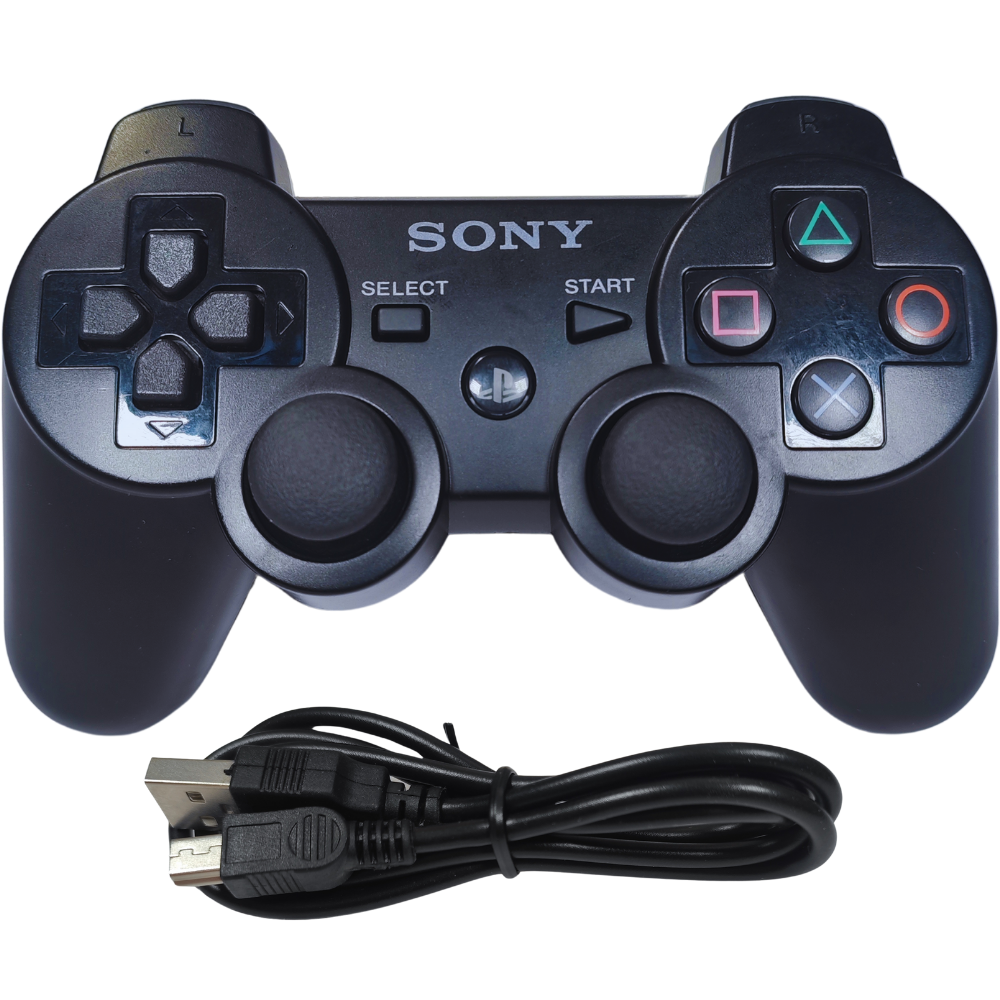
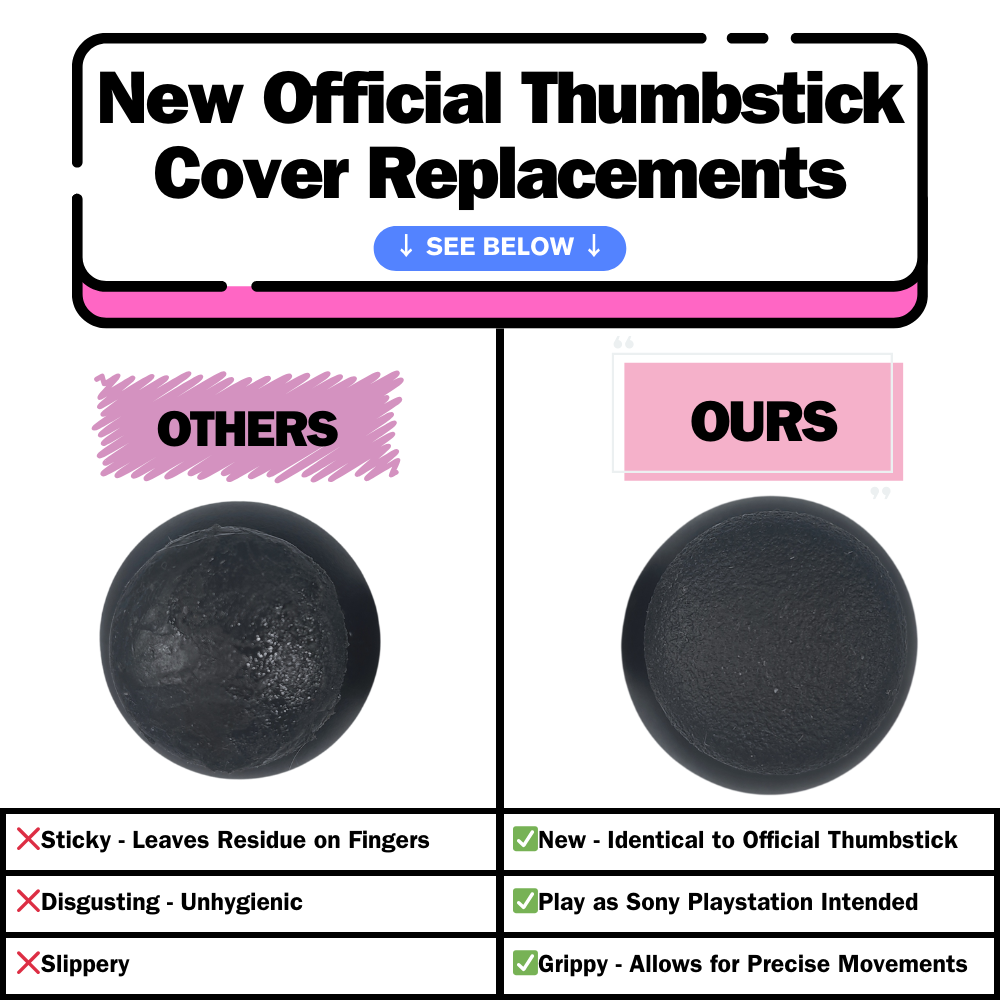
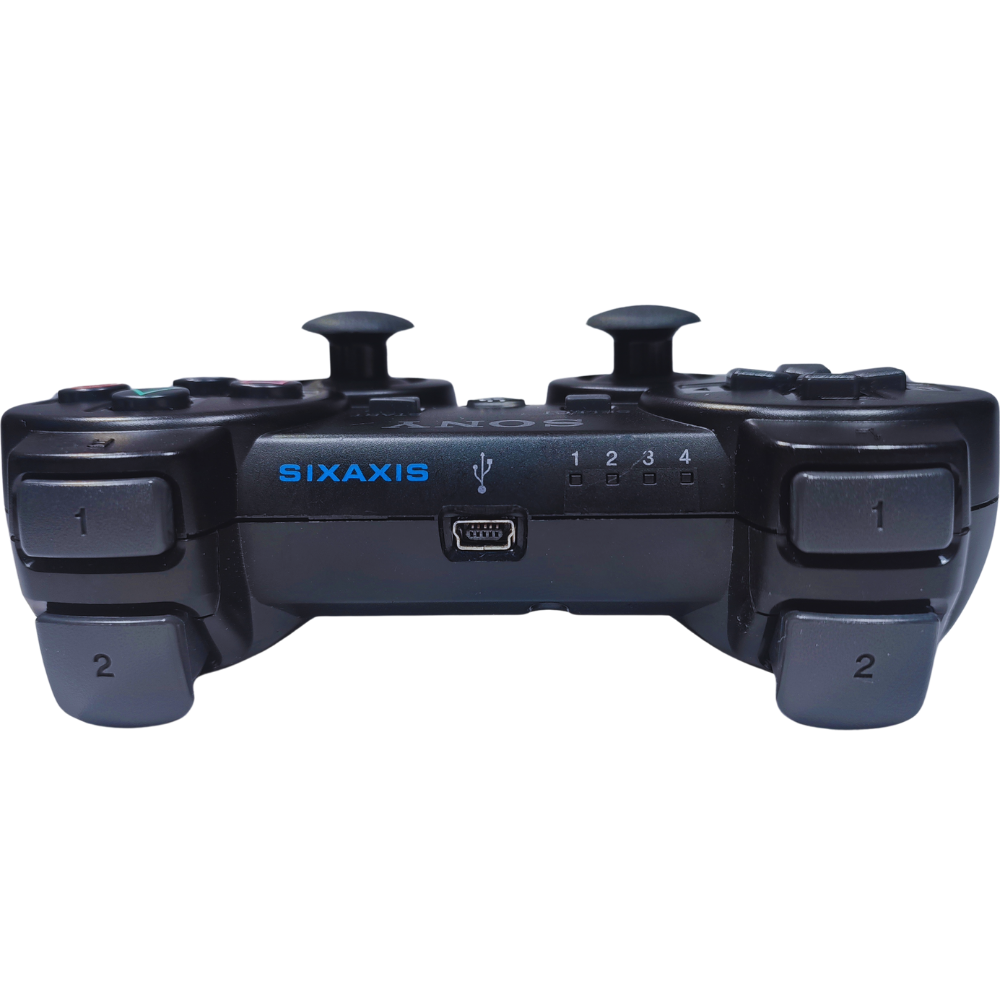
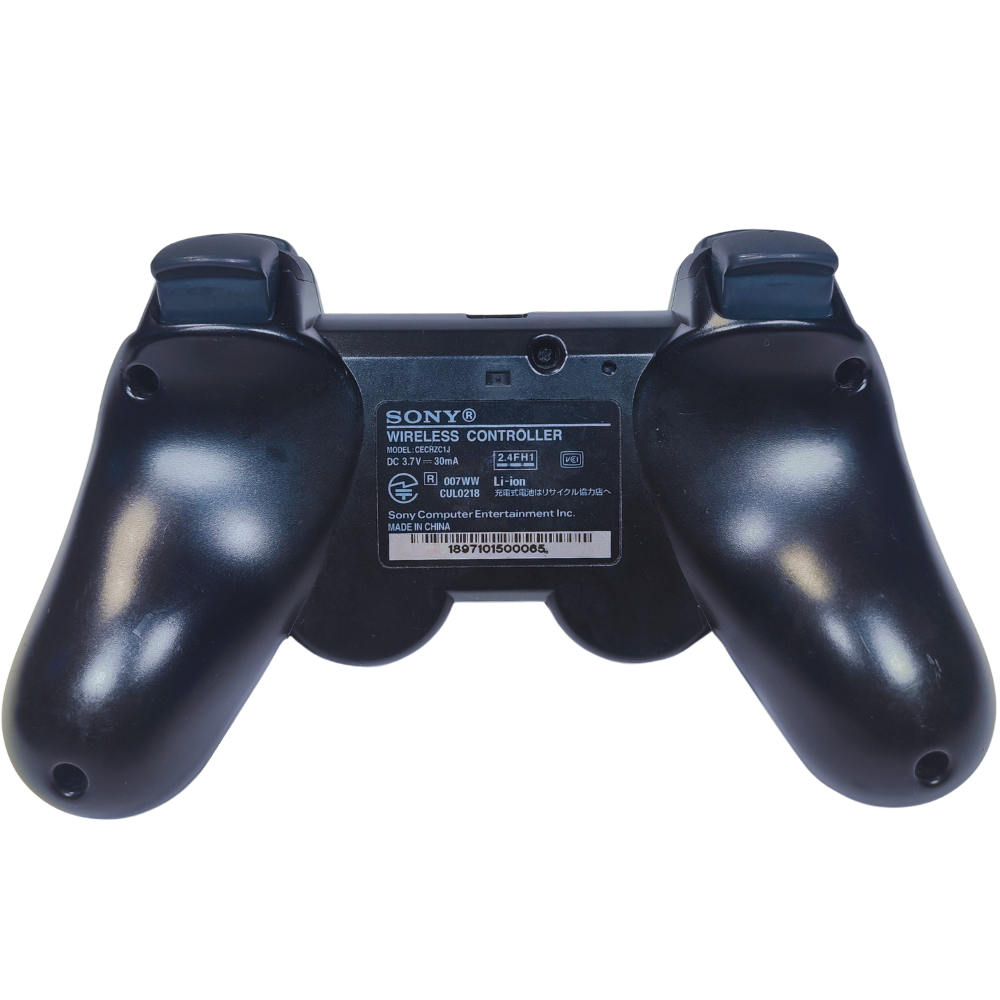
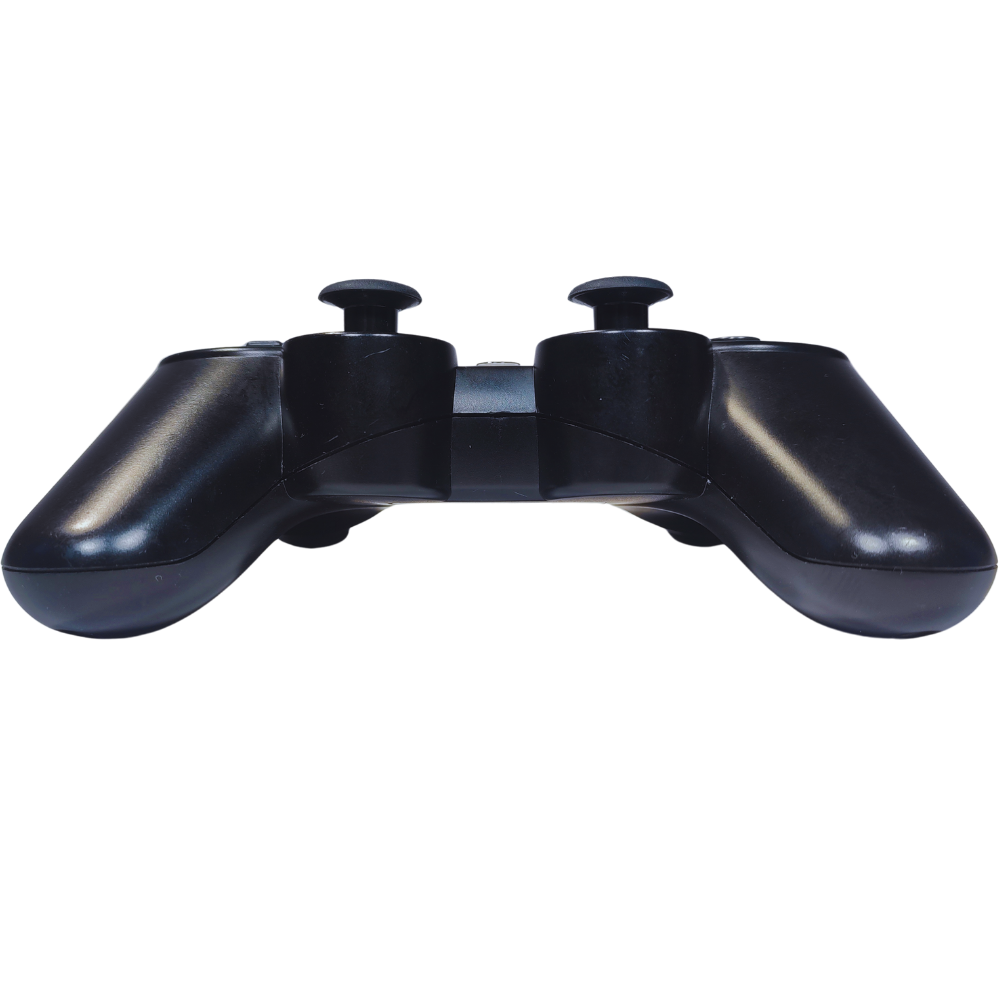
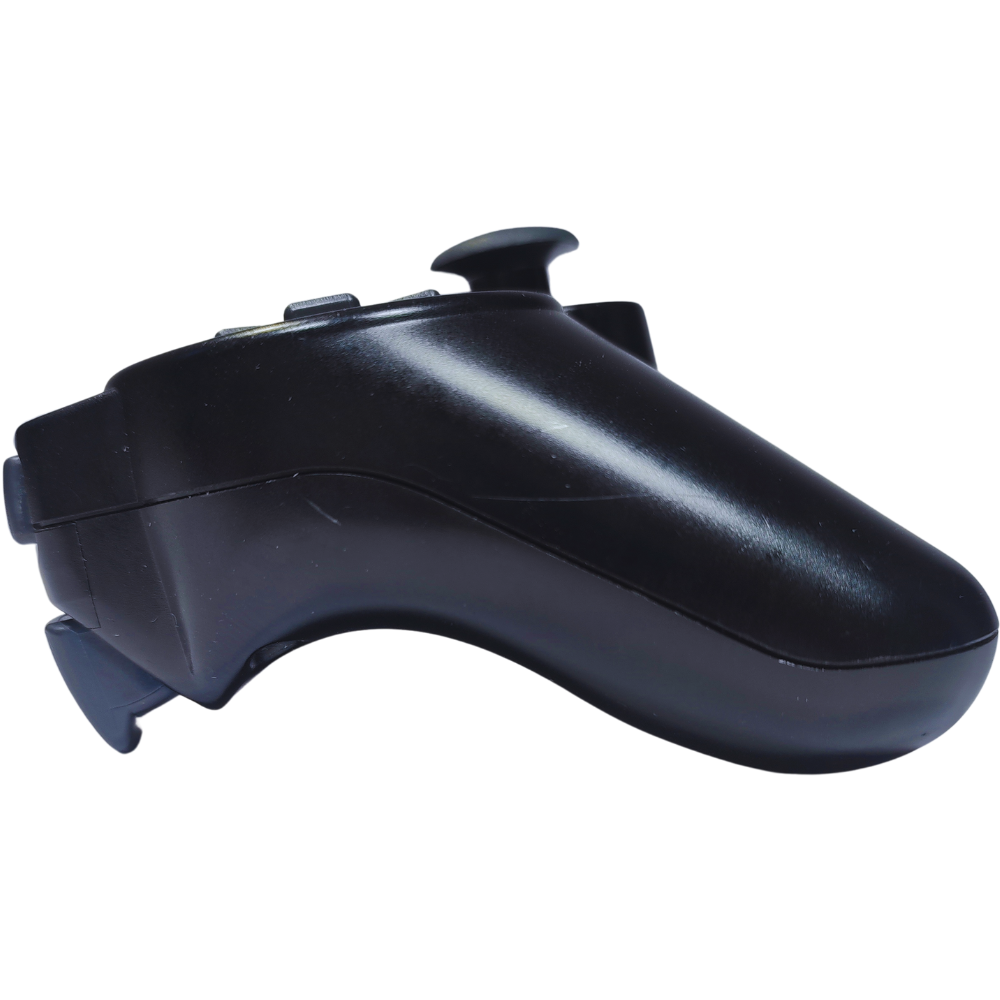
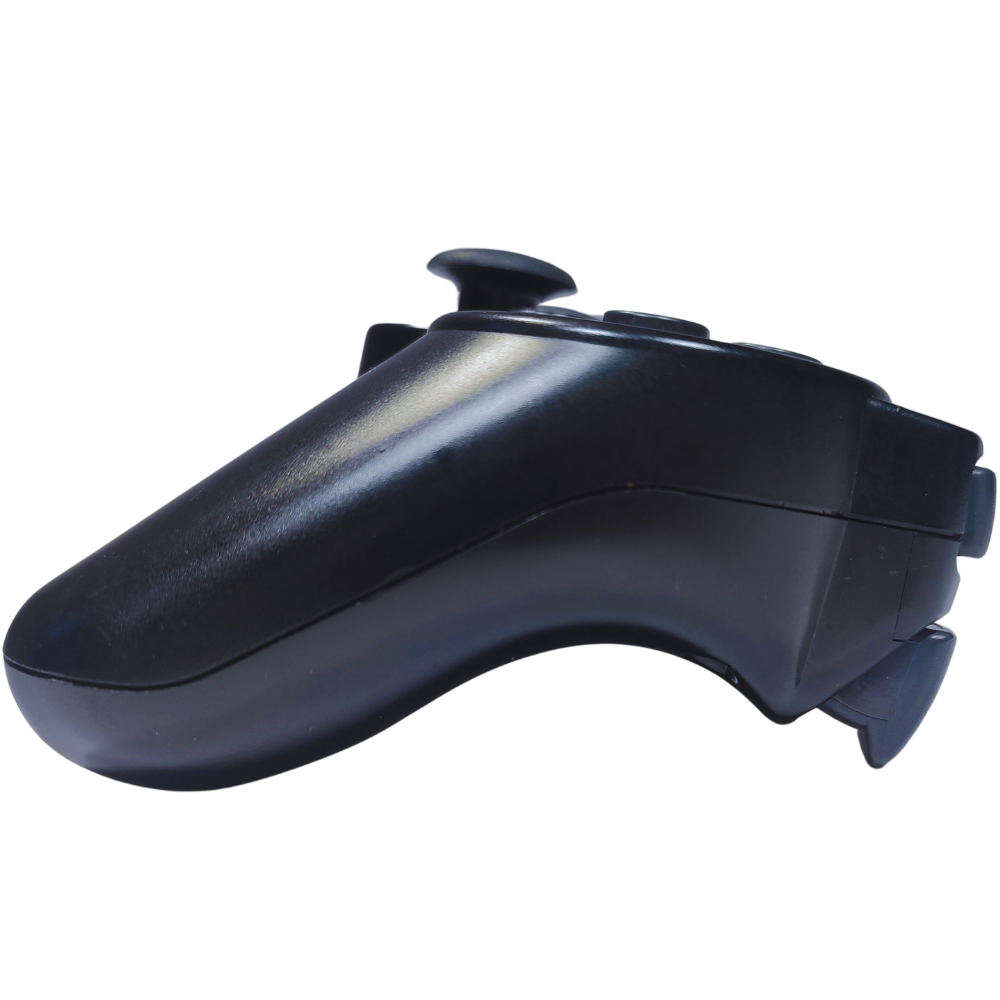











Genuine Official Sony Playstation 3 PS3 OEM SixAxis Black Controller & Cable
Secure checkout
Friendly support
Hassle-free returns
Design and Features
The Sixaxis Controller is the original wireless gamepad for the PlayStation 3, introduced by Sony as the successor to the DualShock 2. It features motion-sensing technology and a lightweight design, but lacks force feedback.
- Motion-Sensing Technology: Integrated six-axis motion controls allow for tilt-based input in supported games.
- Wireless Connectivity: Uses Bluetooth for a cable-free gaming experience with the PlayStation 3.
- Rechargeable Battery: Built-in lithium-ion battery, rechargeable via USB.
- Pressure-Sensitive Buttons: Retains the pressure-sensitive face buttons and triggers from the PlayStation 2's DualShock 2.
- No Vibration Feedback: Unlike the later DualShock 3, the Sixaxis does not include a rumble feature.
- Lighter Build: Due to the absence of rumble motors, the controller is significantly lighter than its successor.
Historical Impact
- First Wireless Sony Controller: Marked Sony’s transition to wireless gamepads as a standard feature.
- Motion Control Experimentation: Attempted to compete with Nintendo’s Wii motion controls but saw limited adoption in major titles.
- Replaced by the DualShock 3: The lack of rumble feedback led to criticism, and it was eventually replaced by the DualShock 3, which reintroduced vibration.
Importance in Gaming
- Foundation for PlayStation 3 Controllers: Set the stage for later improvements with the DualShock 3.
- Influenced Future Sony Controllers: Elements of its motion controls continued to be explored in later PlayStation peripherals, such as the PlayStation Move.
- Notable for Its Short Lifespan: The Sixaxis was quickly phased out in favour of the DualShock 3, making it a lesser-known but historically significant PlayStation controller.
Summary
The Sixaxis Controller was Sony’s first wireless PlayStation controller and introduced motion-sensing technology. However, its lack of vibration feedback led to its replacement by the DualShock 3. Despite this, it remains an important step in the evolution of PlayStation controllers.









